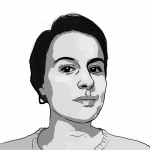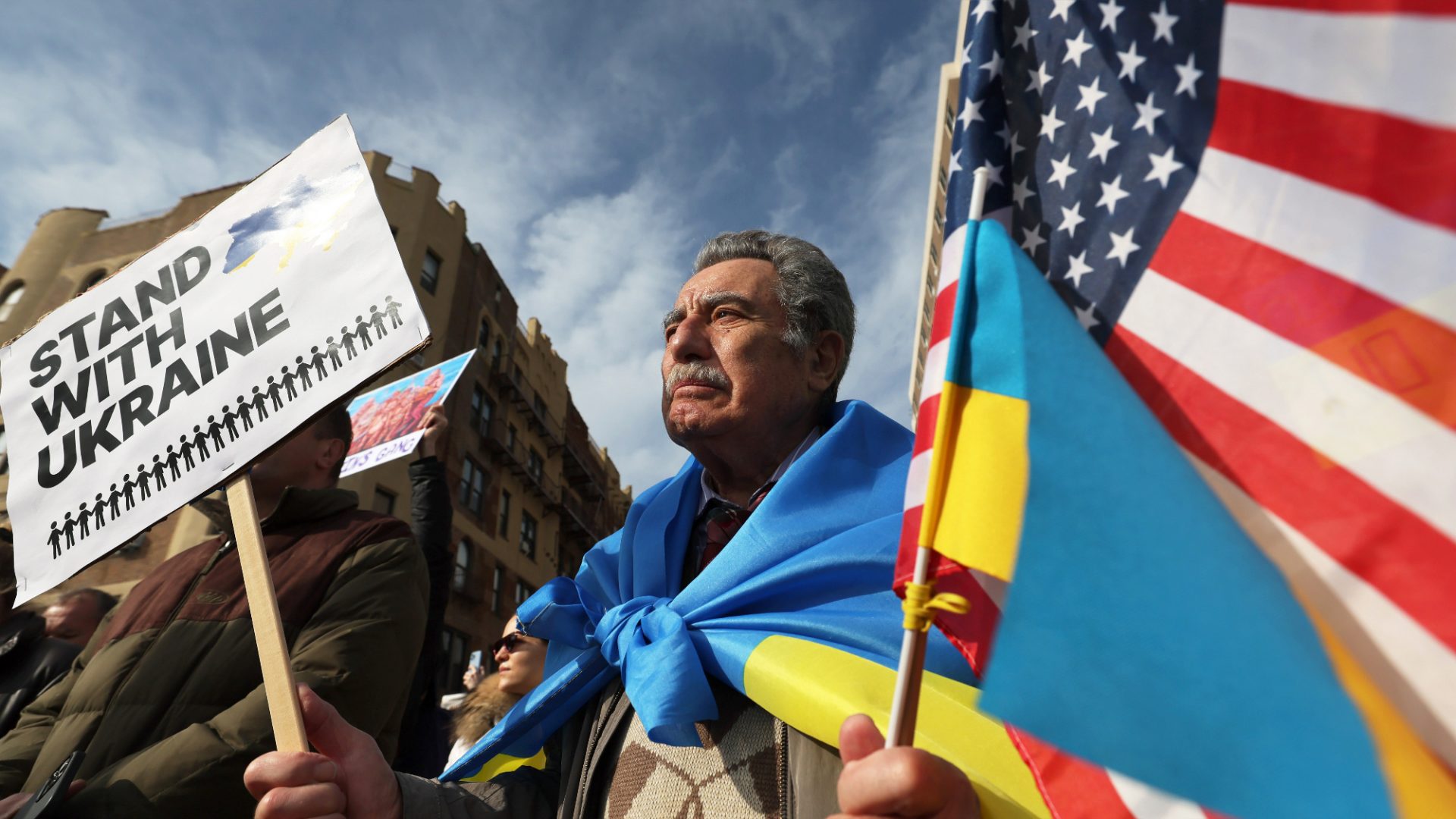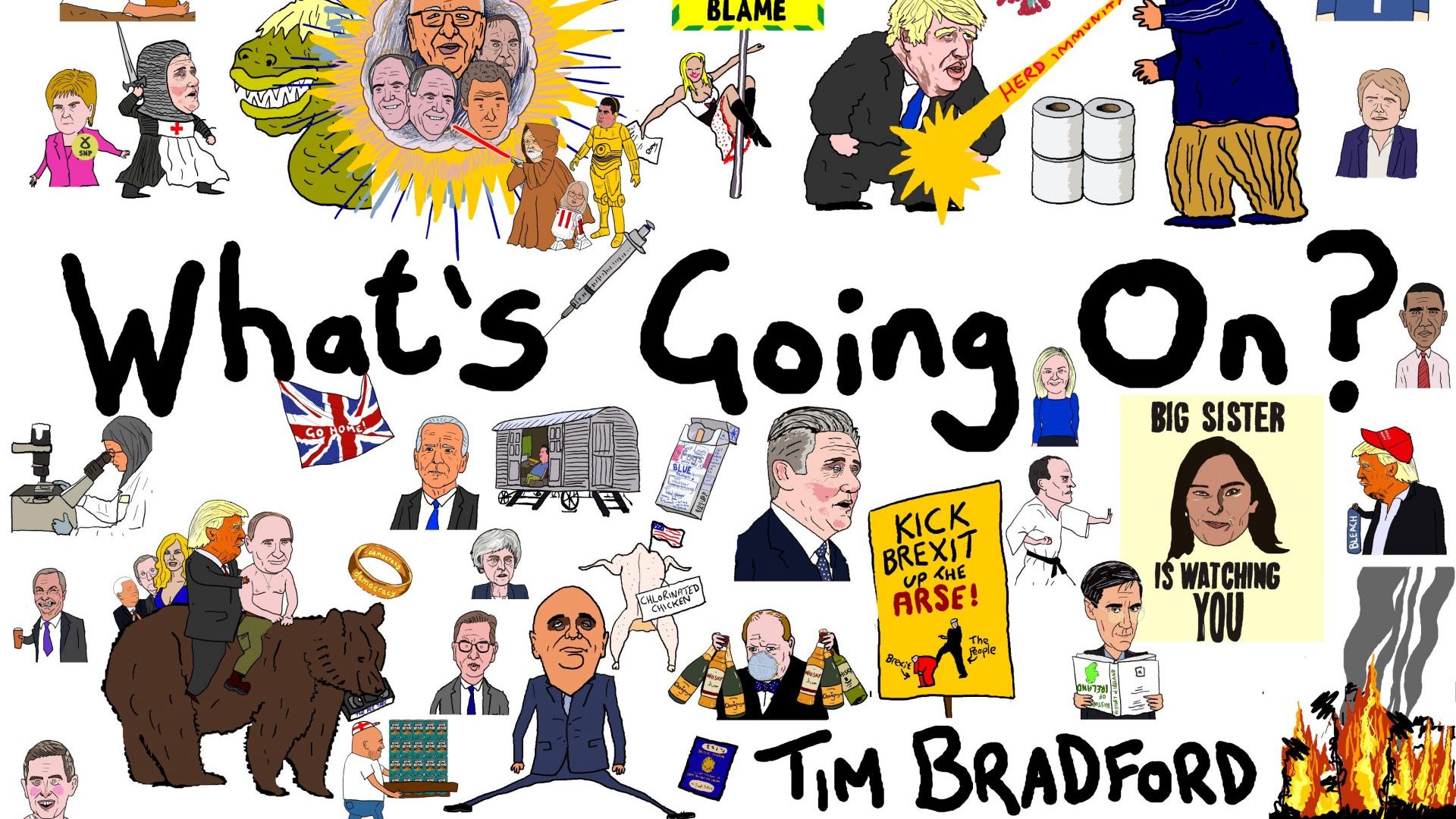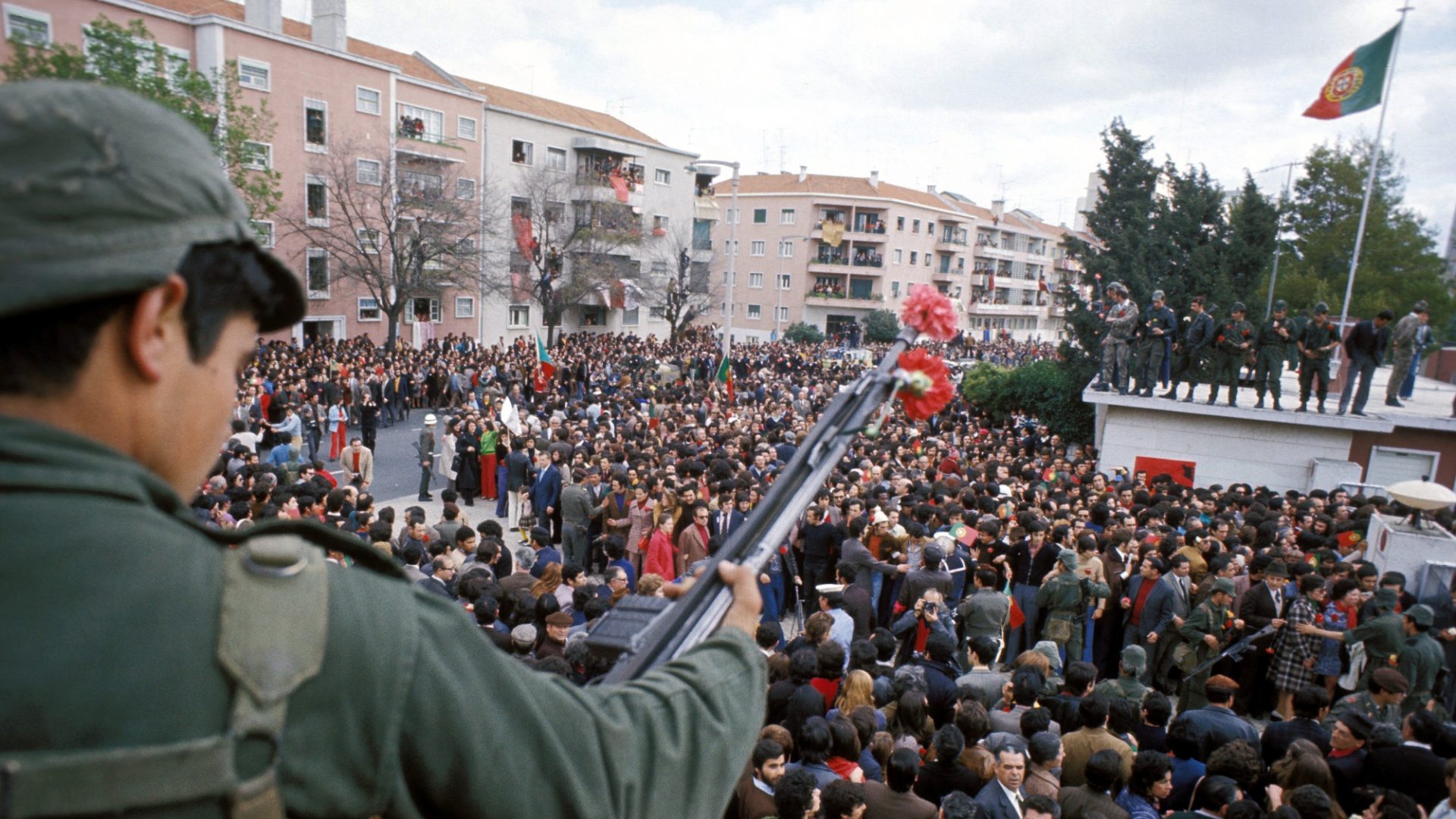If you want to understand a neighbourhood, you should look at what its people eat. In Brighton Beach, right by the sea at the bottom of Brooklyn, the answers lie in Tashkent Supermarket, which sits on the corner of two main roads.
The signs are written in both English and Cyrillic, and as you enter you are faced with a truly dizzying array of jarred pickles and the faint but ever-present smell of dill. A few aisles down, there is an open buffet. This is where Little Odessa, as that corner of New York has been known for decades, shows its true face.
Under fluorescent lights, you can choose between all manner of dumplings: Russian pelmeni and pirozhki, Ukrainian vareniki, Georgian khinkali, central Asian manti, and many others. The place may have got its name from a city in Ukraine, but people here originate from all over the former Soviet Union.
Once home to farms, Brighton Beach was turned into a holiday resort in the second half of the 19th century. There was a grand hotel and a dog racing track; visitors could enjoy visits to the opera and the casino. In 1894, it formally became a part of Brooklyn, and in 1920 it got a subway line linking it to the rest of the city, turning it into a real New York neighbourhood.
In the decades that followed, Brighton Beach became home to tens of thousands of Jewish Americans and Holocaust survivors. In the 1970s, Ashkenazi Jews from Russia and Ukraine moved into the neighbourhood, giving it its nickname.
When the Soviet Union collapsed in 1991, many immigrants decided to move to America, and it made sense for them to join the country’s largest Russian-speaking community. They were followed by people from Uzbekistan, Tajikistan, Kazakhstan, and other countries where Russian remains a prominent language.
More than half the residents of Little Odessa were born outside the country, and more than two thirds have something other than English as their primary language. Research from 2011 found that 36% of the people living here did not speak English at all. It is, in short, a tight-knit community.
Well it was, for a long time. Then, in 2022, Russia invaded Ukraine. Reverberations were felt across the Atlantic. A grocery store once named “Taste of Russia”, and known for its shopfront featuring gaudy drawings of St Basil’s Cathedral, was blandly renamed “International Food”. For a while, it had a large Ukrainian flag in the window.
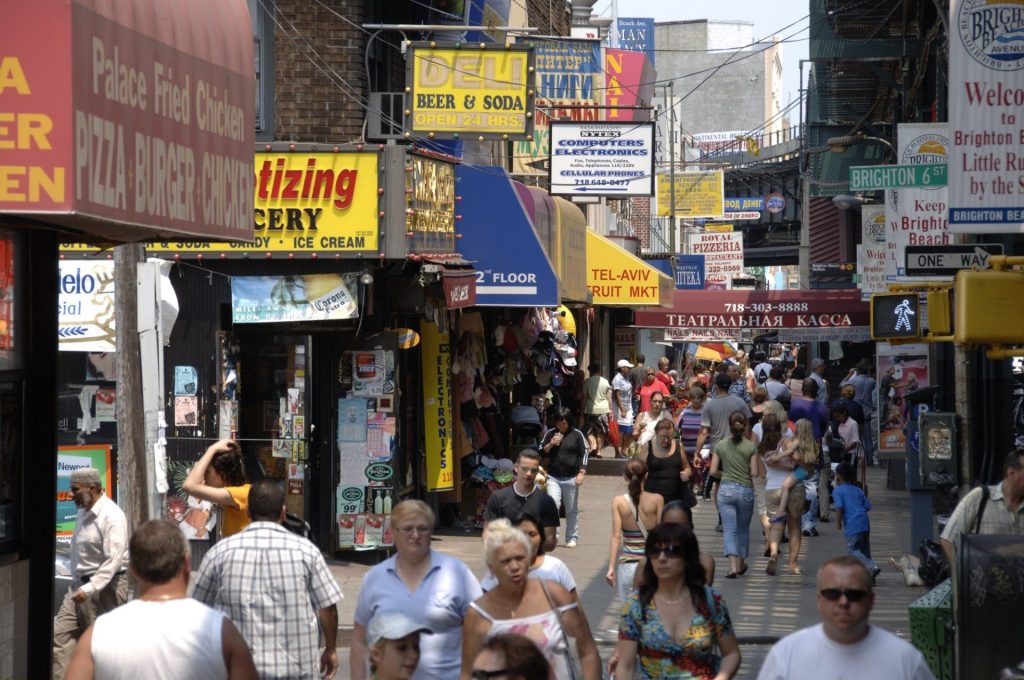
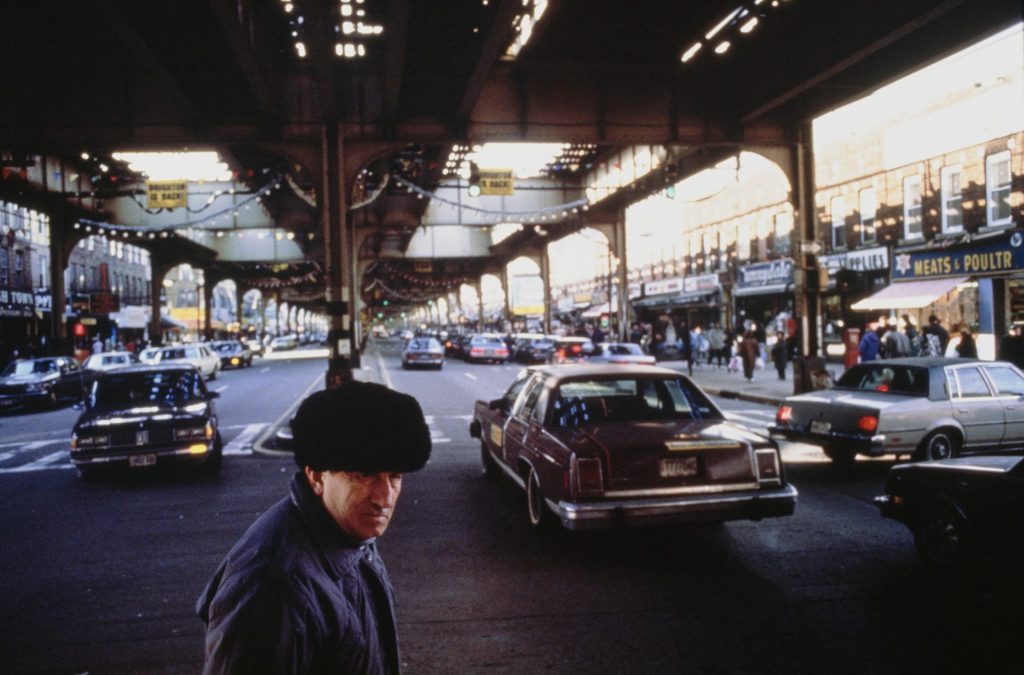
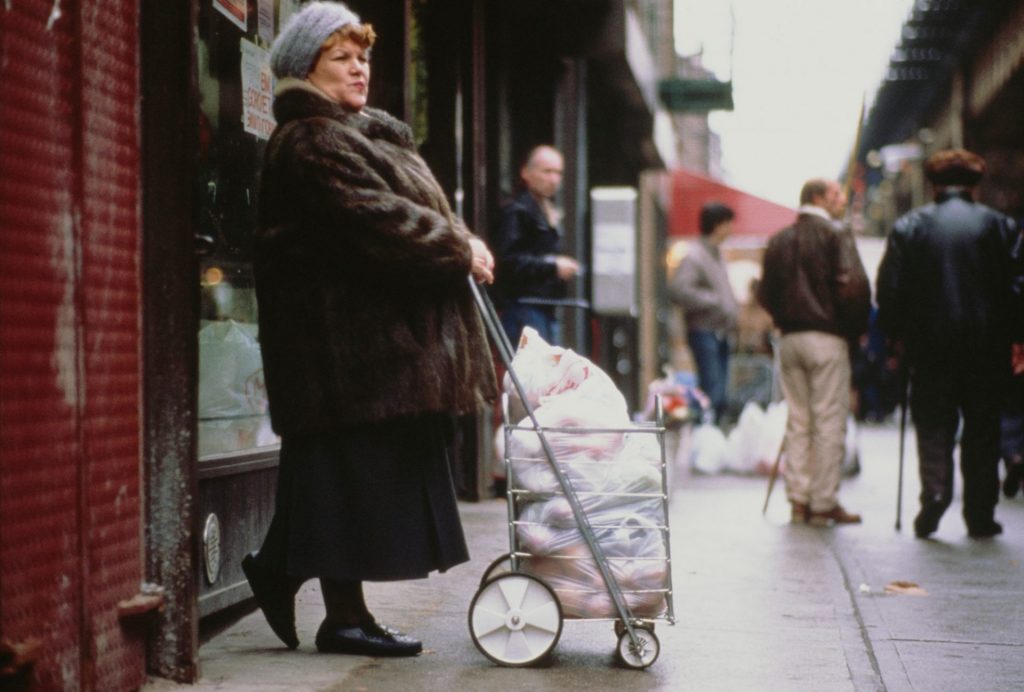
In the weeks following the outbreak of war, America’s media descended on the neighbourhood, trying to figure out what these usually enmeshed communities made of the conflict. It was clear that many residents felt uncomfortable in the spotlight.
Two years have now passed, and little has changed. The war is still raging in Ukraine, and all seems quiet in Brighton Beach. Few people here speak English and of those who do, few want to talk to outsiders. Of the ones who do, few want to be recorded speaking to a reporter. Of the ones who do, even fewer are happy to discuss the war. Little Odessa is charming, but it is not welcoming.
One way around this is to try to speak to some of the few non-Russian, non-Ukrainian Americans who happen to live here, and who are always happy to share a piece of their mind. Take 60-year-old Joseph, a long-term resident sitting on a bench and lounging in the sun. What does he make of his community?
“The Russians I know and the Ukrainians I know, they don’t bring the war here,” he says. “They’re still friends, I don’t see the divisions here. I thought I might. I don’t hear anybody talking about it.”
“What you see sometimes is people with flags on their car or out of their windows – usually Ukrainian flags, rarely Russian ones,” adds his friend.
Does this mean that people don’t disagree at all? “When someone says something nice about Putin, I just change the subject,” Joseph says. “It happened again just the other day.”
Some tensions do remain, then. Still, they’re both keen to point out that they do not speak Russian or Ukrainian, and so their analysis may be limited.
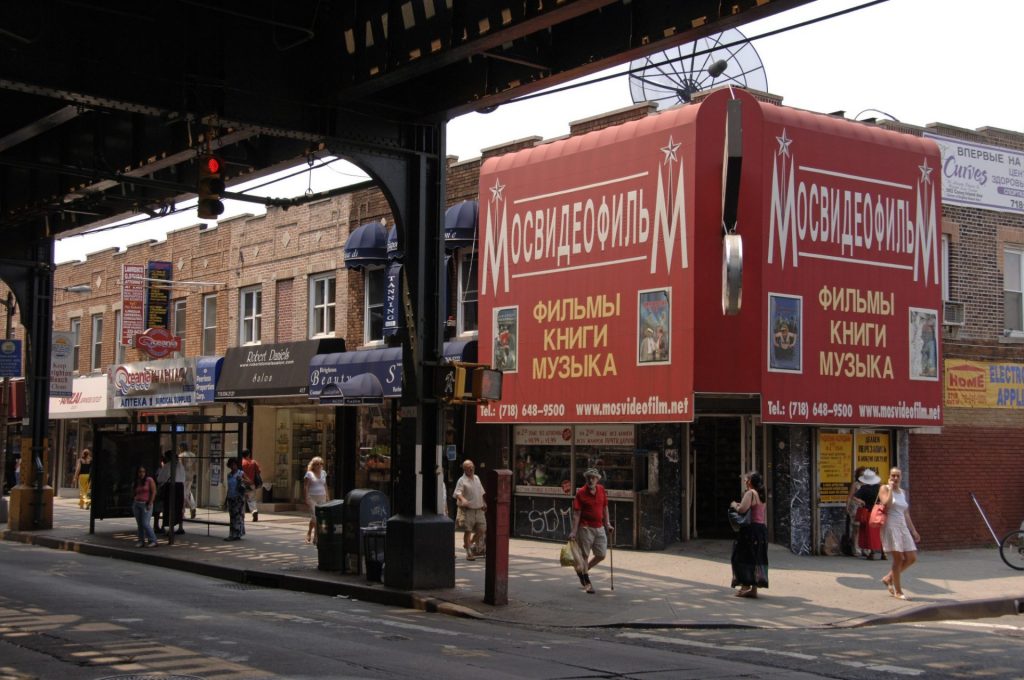
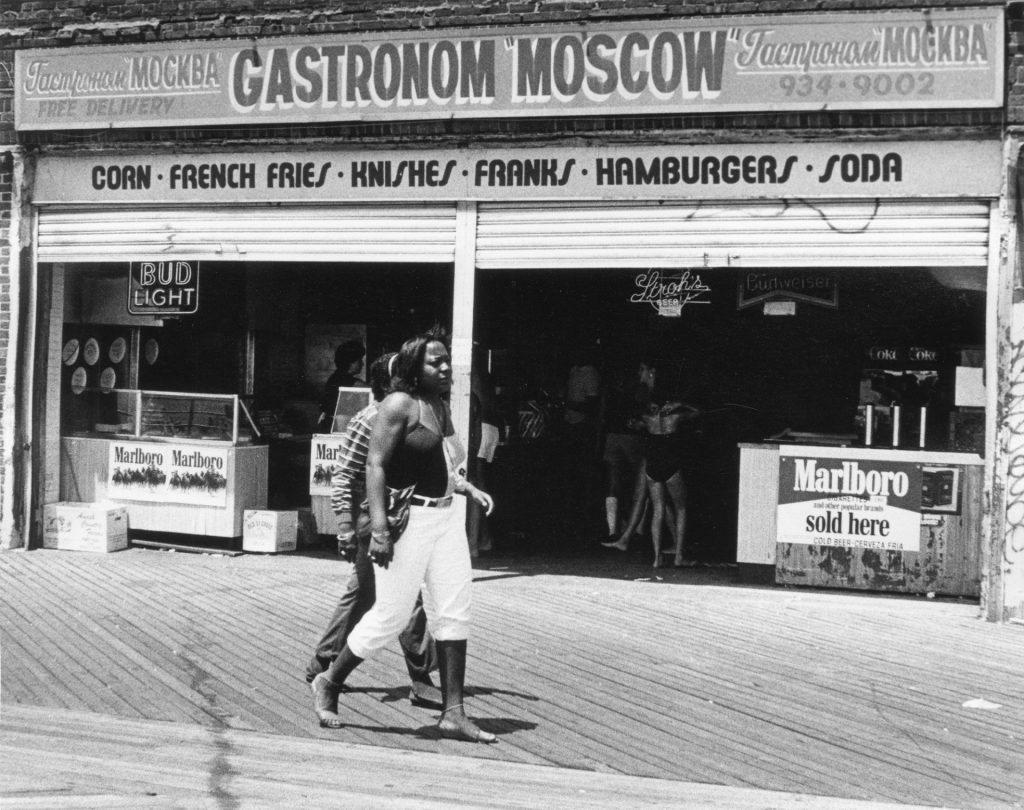
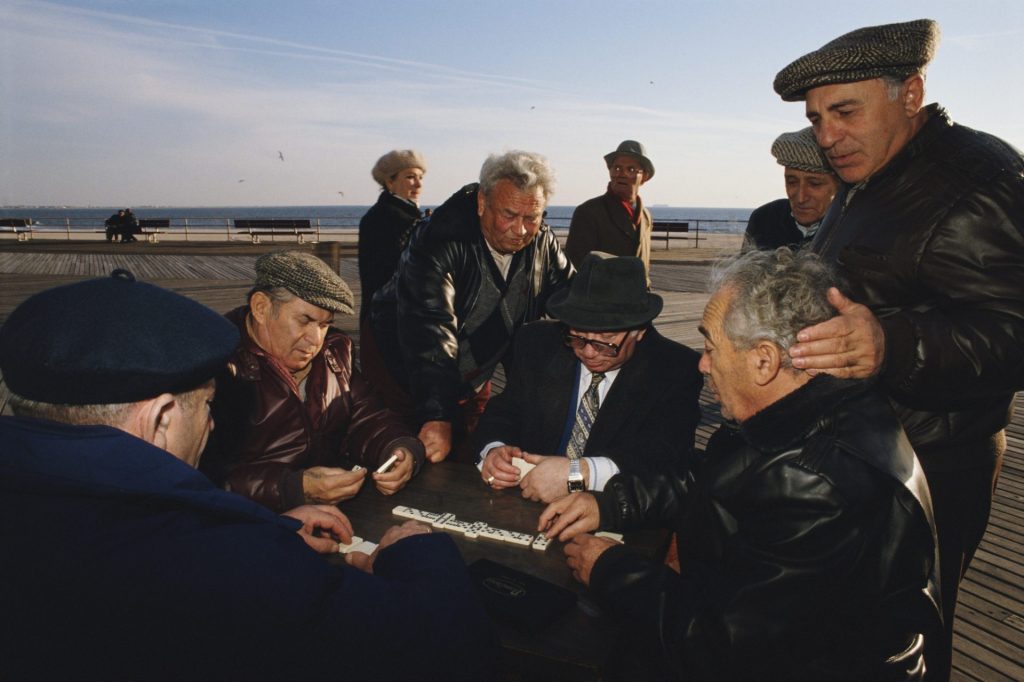
Solomon, a self-described “70s boy” from Austria, does speak the language. “Here, my friends are Russians and Ukrainians and from other former Soviet republics. They see themselves as one community,” he says.
But – there’s a “but” again – “once in a while, Ukrainian Americans and people from Russian backgrounds may get into brawls or conflict in some places, but they’re really isolated incidents. You don’t see it much.”
This is, more or less, how every conversation ends up going. The few people who are up for a chat will begin by saying that all is well, but at one point will always end up sharing something unintentionally revealing.
Thirty eight-year-old Aleks, for example, is an artist from Uzbekistan who has been living here for 12 years. Sitting on a stoop and getting ready to light a joint at 11am, he explains that there is nothing out of the ordinary in Brighton Beach. “In the first year, things changed a bit, but right now nothing’s really going on,” he says. “We try not to talk about the political situation and about the war.”
That doesn’t mean that the war has had no effect whatsoever. Speaking of his friendship groups, he explains that his second language is Russian. “I try to speak to Ukrainian people in Russian but they don’t want to speak to me in Russian,” he says.
Maybe he shouldn’t be too surprised. Nadya is Ukrainian and moved here five years ago. She is, at first, keen to talk about nothing but the lovely quietness of the neighbourhood, and its proximity to the sea. She is recovering from hip and knee surgery, and the sun and water help. Any other questions lead to a polite smile and a firm silence, or a one-word answer.
Does she like it here? Yes. Is there still a sense of community here? Yes. But here’s the kicker: does she have any Russian friends? She doesn’t even take a second to respond: no.
It is understandable, though she may be missing out. On the other side of the divide is Yelena, who moved here from St Petersburg nearly 30 years ago. When asked about the war she turns around and shows off her backpack, which features a large ribbon displaying the colours of the Ukrainian flag. “From the beginning!” she shouts.
“Most of the people here are against the war,” she says. “We try to help each other anyway.”
That seems to be where Little Odessa is at in 2024, two years into the war. Things are almost entirely fine, but not quite. Russians and Ukrainians are broadly getting along, but not entirely. The conflict happening halfway across the world feels distant, but it lingers in the air.
People go about their lives by the seaside and try not to talk about it too much. American and foreign journalists come down to check in on them every so often, and they just shrug and keep going, because what else is there to do?

